| Columns Retired Columns & Blogs |
Needs to be more widely known.
What the Platinum3 does well that the Denon DL-103 and Ortofon's 2M Blue do not do is reproduce opera and early classical music with ease, elegance, and dramatic subtlety. On Theatre Music Vol.5 (The Double Dealer • The Richmond Heiress • The Rival Sisters • Henry The Second • Tyrannic Love) by Henry Purcell (LP, Éditions de l'Oiseau-Lyre Decca DSLO 561), the low-output Grado portrayed the harpsichord of The Academy of Ancient Music with warm, realistic tone and superfine textures. Countless times, I've been annoyed by the hashy blur and acidic brittleness of reproduced harpsichords—none of that happened with the Platinum3. Similarly, it played the soprano voices of Judith Nelson and Emma Kirkby (and others) with exquisite heart-melting tone. As I listened, it was impossible to imagine another cartridge being better suited for playing this beautiful recording. When the DL-103 played Theatre Music, the same tones felt compressed and slightly harsh. The Grado seemed endlessly open.
The Platinum3 plays rock well—but differently, more like a vintage Quad ESL electrostatic than a Cerwin Vega party speaker. It doesn't punch out the beats or get the grit like a DL-103 or Audio-Technica's AT-VM95E moving magnet, but its top three octaves are infinitely more resolved and conspicuously more refined than when played by those cartridges.
If your system leans toward dry or gray sounding, Grado's Platinum3 could be a great alleviative. If your taste in music runs toward acoustic jazz, ambient, or classical, the Platinum3 could save you from spending $4000 on a fancy-pants MC. It's that good.
Goldring Eroica Hx Moving Coil
Sequence is everything. After playing Grado's Platinum3 for three weeks, the first thing I noticed about Goldring's Eroica HX moving coil—before I started playing it—is how lean, lithe, and Lululemon-svelte its lightweight Pocan body appeared. Compared to the lumber-truck Grado, the Eroica HX is about half as heavy (5.5gm), half as wide, with twice the output voltage (2.5mV), and more than twice as expensive ($899).
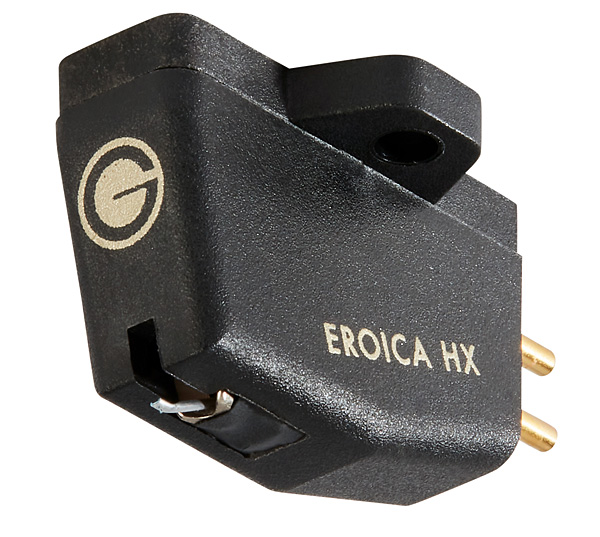
The Eroica HX is a moving coil design that outputs 2.5mV into 47k ohms: It's a moving coil cartridge that acts like a moving magnet cartridge. Goldring's website (footnote 3) says, "The demanding nature of moving coil designs often prevents a clear upgrade path for vinyl enthusiasts. With the Eroica HX, turntable owners can enjoy the greatest gains in performance of an MC cartridge without the hassle of a system-wide upheaval."
I presume Goldring means a user will enjoy a cartridge that exhibits some of the sonic pleasures associated with a low-output moving coil without the added costs of a step-up transformer, headamp, or full-service MM/MC phono stage with 60dB+ of gain, and without the uncertainty of setting the load optimally.
The HX's fraternal twin, the $899 Eroica LX, is a genuine low-output moving coil cartridge, with fewer turns of fine enameled-copper wire wound over Goldring's signature iron-cross armature.
I rarely use numbers to assess audio, but this group of sums, provided by Jon Jeary, Goldring's chief engineer, seems worthy of contemplation: "The HX uses 256 turns of 20-micron wire per channel whereas the LX uses 64 turns per channel of 30-micron wire. The tip mass of the HX is not too badly affected, because the extra mass due to the added windings is located close to the pivot point. We find the effective tip mass by directly measuring the resonant frequency of the cantilever/diamond/ vinyl interface. So, there is a compromise in sound quality between the HX and LX, but this is offset by the HX's ability to work with the existing MM phono stage."

Reading from the instruction/specification sheet provided with the Eroica: The equivalent tip mass of the HX is specified at 0.4mg vs 0.35mg with the LX. The HX's internal inductance is specified as 130µH vs 12µH in the LX. The internal resistance of the HX is specified as 35 ohms vs 8 ohms for the LX. The output of the HX, at 2.5mV, is five times that of the LX.
I do not have an LX version to compare the HX to, but I can tell you whether Goldring's high-output cartridge sounds more like a moving coil than a moving magnet and if, or how, the HX sounds different from Ortofon's similarly priced ($699) 2M Black moving magnet.
But first, because I can't resist, let me compare the sound of Goldring's Eroica HX to the Grado Platinum3 described above.
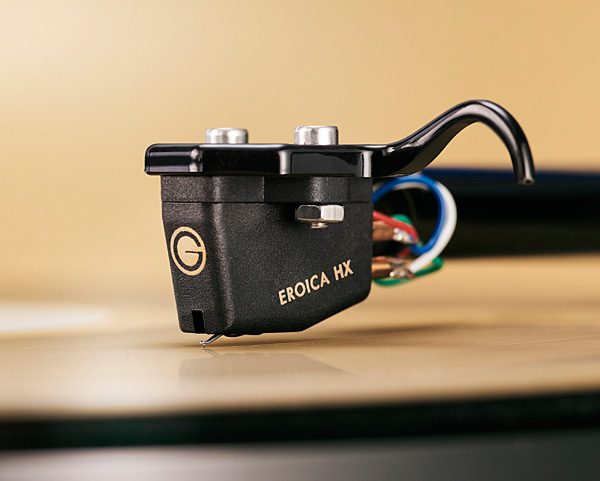
Listening through Rogue's Pharaoh II integrated amplifier, the listening-feel differences I experienced were most likely caused by the different styli in use: The Goldring uses a nude Gyger II stylus; the Grado uses a proprietary elliptical. For many years, I favored cartridges with aluminum cantilevers and forgiving, elliptical styli, but nowadays I get excited by the turbocharged, dynamic performance of unforgiving, uber-detailed, line-contact styli like the Gyger II. Reviewing has made me more resolution conscious.
The first thing I noticed when I played Theatre Music with the Goldring was how much more dust and debris the Gyger II excavated from the grooves. The second thing I noticed was how much brighter and more sharply focused the Eroica HX played. The Grado enhanced and emphasized the throaty beauty and dynamic extremes of soprano tones; the Goldring made me savor the sonorous textures of tenors. The Goldring also set the instruments farther back on the stage and distinctly connected the echo from the recording-venue walls to the harpsichord and vocals. The beauty of this natural reverb is in how it allows us to locate the performers in space within tangible virtual walls and how it communicates the force of performers and their instruments.
Moving coil phono cartridges convey the sonics of reflective room boundaries better than moving magnets do. The Goldring Eroica HX showed these room-measuring effects more distinctly than the Grado Platinum3. The Grado revealed more saturated tones and excavated a larger performance space, while the Goldring delivered a more factual account of the size of the space and the dynamic energies occurring within it.

On the cover of M•A Recordings' Whisper (M090A), Taiwanese pipa player Peiju Lien has a faraway look in her young eyes, as, seated in a wood chair against the stone wall of a church in Italy, she cradles her Chinese lute. As I listened to "Falling Snowflakes Dotting the Verdant Trees," the first track on this stunning 45rpm record, it seemed I was hearing the stone floor, the stone walls, the wood body of the pipa and its metal strings, and the spirit of the composition transduced by Lien's faraway mind. The pipa's strings sound a sharp pluck followed by a hollow instant then a long decay; the Goldring HX MC let me see the energy coming at the microphone from the pipa and reflected from the wall. This was faraway-China dreaming and pure scintillating sound.
This ascent into the higher reaches of phonographic reproduction was powered by a group of modestly priced components: Music Hall's Stealth direct-drive turntable ($1649), Goldring's Eroica HX high-output moving coil cartridge, and HoloAudio's KTE LCR-1 phono stage ($1198–$1398). For the sake of accurate reporting, I played both sides repeatedly, trying to find a fault, trying to notice what I wanted to be more or better; but all I noticed was the crystalline sound of plucked pipa strings and the beauty of the reverberation.
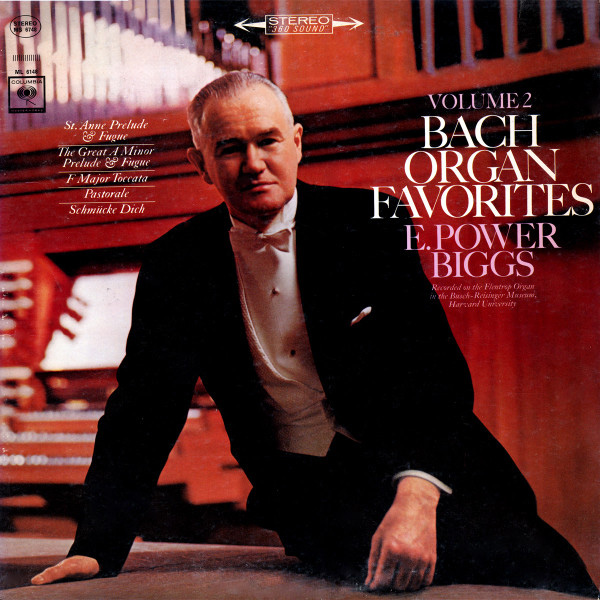
The gutsy, focused, high-texture character of the Eroica HX cartridge steered me toward Bach's organ music and the MM input of SunValley's SV-EQ1616D all-tube phono equalizer. At first, I played my usual, always-enjoyable Bach Organ Favorites, Volume 2, with E. Power Biggs (LP, Columbia MS 6748). It sounded Biggs-glorious. I followed that with Walter Kraft's more stoic J. S. Bach: Organ Music Volume IV (one of a 3-LP box set, Vox SVBX 5444). The Goldring-SunValley combination played this spirited 1964 recording with a crisp, well-organized sureness that showed organist Walter Kraft to be a skilled Bach interpreter.
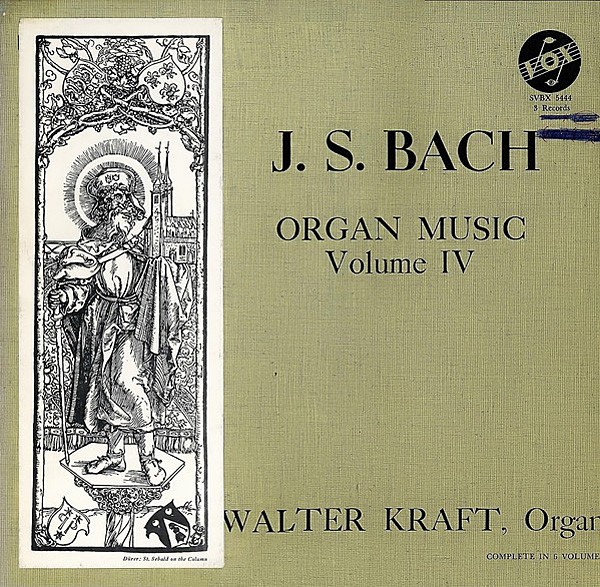
Goldring vs Ortofon 2M Black
When I replaced Goldring's Eroica HX with Ortofon's venerated 2M Black moving magnet, the first thing my Falcon speakers revealed was a slight change in texture, like pouring out fluid of lower viscosity. The air from the pipes on Walter Kraft's organ seemed denser and more humid. The pace of playing seemed slower, the mood darker.
Most likely, having listened to the Goldring first colored my perception. My mind had adapted to the apparent speed of the Goldring's presentation. I think so because only a week before, with the same turntable and phono stage, the 2M Black sounded fast and dynamic.
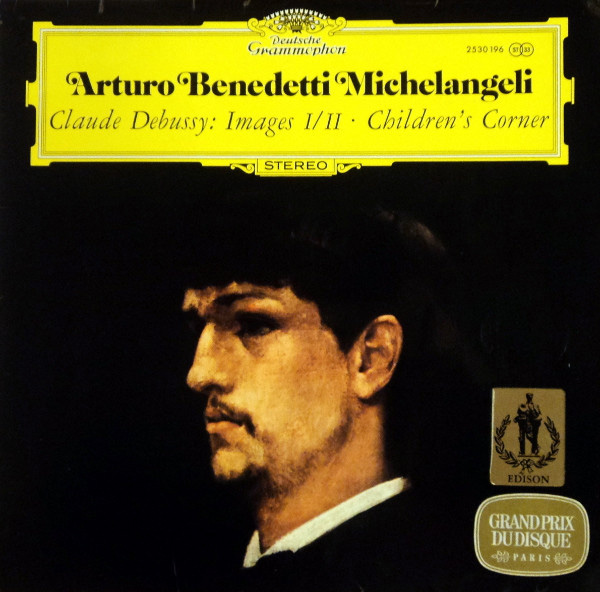
A few records into the next day, Arturo Benedetti Michelangeli seemed to be listening very closely to the sound of his piano as he played; I admired how precisely measured each keystroke was. His finger control seemed supernatural. The record on the Stealth was Claude Debussy: Images I/II and Children's Corner (LP, Deutsche Grammophon Stereo 2530 196), and the sound of each note was crystal clear. When the "Images I & II" side finished, and I went to flip the record, I realized: The Ortofon 2M Black had reanimated itself. Its heartbeat was strong again, its expression clear, bright eyed, and beautiful. On the "Children's Corner" side of the record, the air between notes had a vibrant, electrified presence.
With Goldring's Eroica HX, Michelangeli's crystalline notes hit harder and sounded bigger and crisper, with shorter decays. His rhythms sped along in a super-engaging fashion. With the Eroica, pace, timing, and force dominated my impressions. The Goldring played with superior tactility and transient impact compared to the Ortofon.
In sum
The high-output Goldring Eroica HX generated its excitement via clarity, resolve, and balance. Electrically, it presented as a moving magnet, but its sonic character was that of a moving coil. I found it more detailed and sharply focused than my reference moving magnet, the Ortofon 2M Black. While the HX gave off an air of British refinement, I enjoyed its PRaT, jump, and big dynamics most.
In contrast, the low-output Grado Platinum3 played one record after another with beguiling, natural beauty backed by an uncanny quietness that felt much like Grado's Aeon3. It played records with a deeper, wider, more scenic spaciousness than the 2M Black or Eroica HX. In my system, the Platinum3 delivered more tube-like glow and sparkling inner detail than any cartridge I've heard at anywhere near its modest price.
When I returned to streaming digital after 30 days of pure analog, it felt like nothing was real. Every track seemed ersatz and lacking flavor. Eventually, my brain re-adapted to the ways of invisible files, and I enjoyed them again, enough to get me to the next month-long analog oasis

Needs to be more widely known.

Herb, I agree about the Herbie's. My favorite thing to look for when evaluating mats is the quality of bass response. Turn up the volume (to exaggerate the differences) and listen to the bass frequeicies. Punchy beats and sustained notes. How is the strength of impact? Definition of notes? Does the midbass fill color the midrange?
The Way Excellent II rose above the others I tried on my turntable in my system with the most well defined bass response and uncolored midrange.

Hi Herb, you write "For many years, I favored cartridges with aluminum cantilevers and forgiving, elliptical styli, but nowadays I get excited by the turbocharged, dynamic performance of unforgiving, uber-detailed, line-contact styli like the Gyger II." I had to laugh when I read this as I have found my listening preferences have trended in the opposite direction. I have for the last several years been happily listening with a Shelter 501. Now when I hear more detailed cartridges, I am almost invariably fatigued quickly. Funny how that works. Good thing I am not a reviewer, I guess. Thanks for all the great columns.
P.S. E. Power Biggs is a ball and it's great to see his stuff used in a review. I threw my copy of the same on right after reading the column.

Tavish's Classic may not be as accomplished as the Adagio, but it pairs well with low output Grados. Mine was set at 53 db gain and 47k load with good results.

I’ve recently started using one of these on my Artemis SA-1 and concur with your findings. It compares very favourably with the acrylic mat that came with the Artemis, there’s no loss of pace, greater clarity and the upper notes of a piano ring truer, especially if I dispense with the 100g delrin puck that came with the deck and that I found optimal with my original mat. I can’t, however, compare it to an original Artemis foam mat as I’ve never had one but I count the Herbie’s mat money well spent.